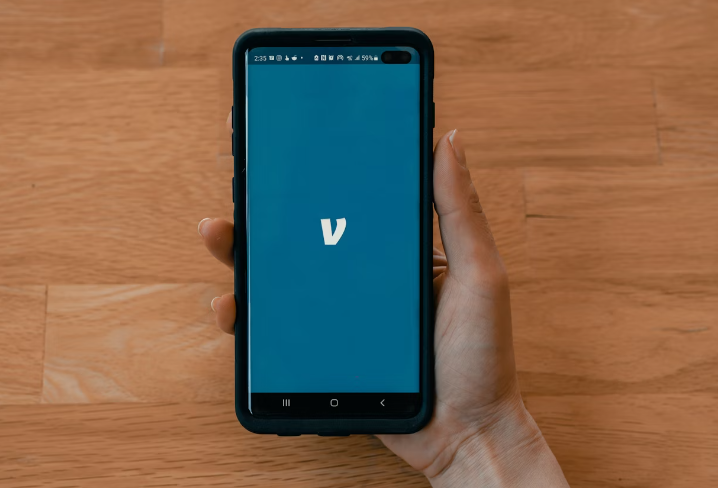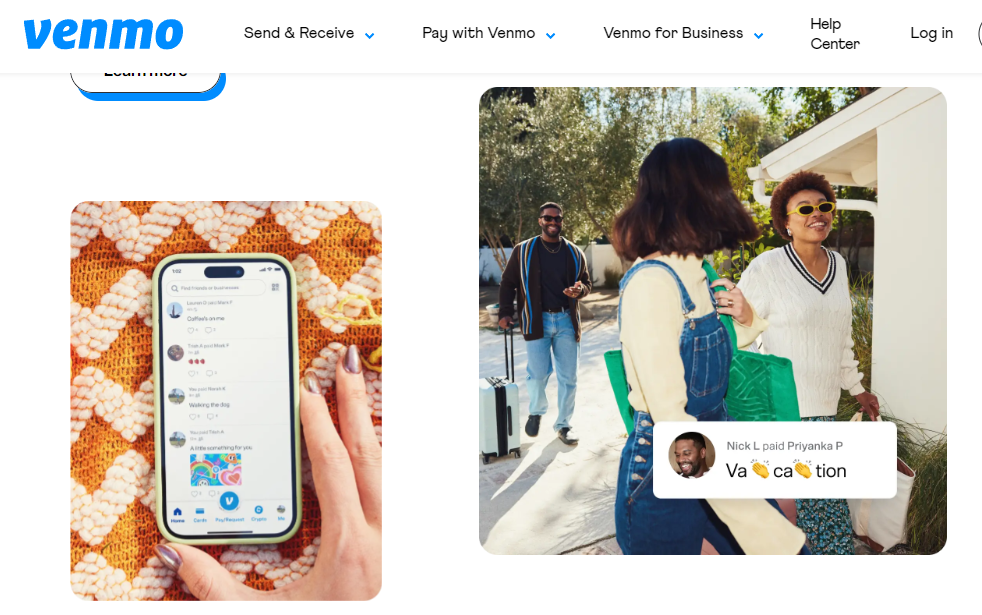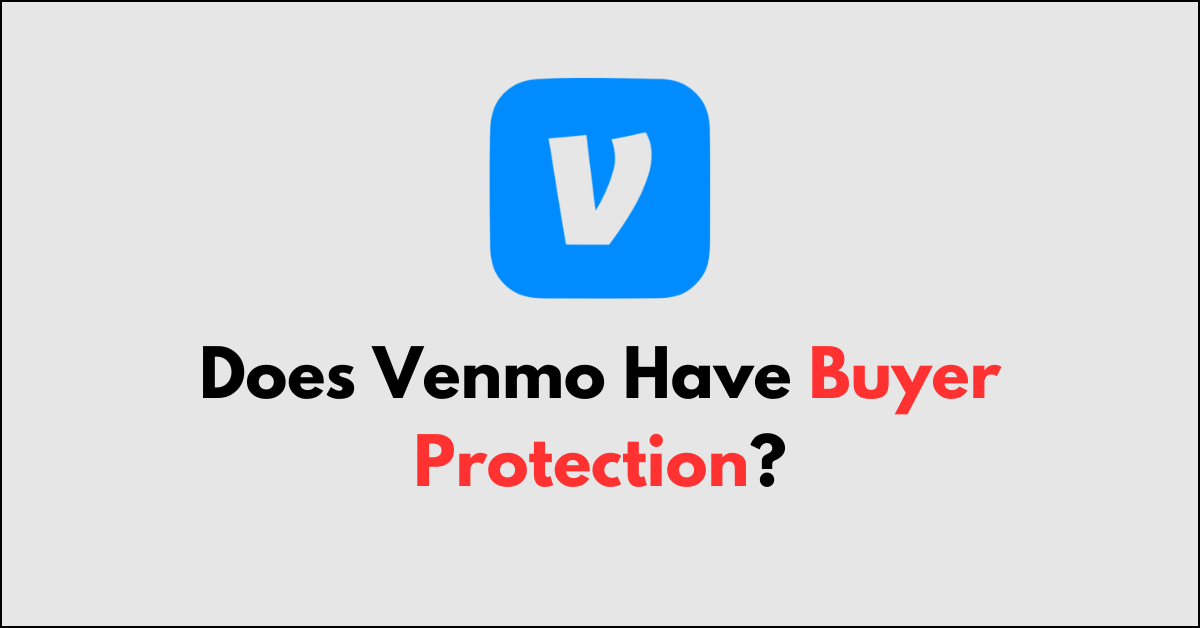Venmo, a popular digital wallet and peer-to-peer (P2P) payment service, has become a convenient way for millions of users to send money and share expenses.
However, when it comes to using Venmo for buying and selling goods or services, users often wonder about the level of protection offered.
The question “Does Venmo have buyer protection?” is a valid concern, especially in an era where online transactions can be fraught with risks.
In this article, we will be discussing all about buyer protection in Venmo and how you can use it to stay safe in your transactions.
What is Buyer Protection?
Buyer Protection is a service offered by various payment and e-commerce platforms that safeguard purchasers when they are shopping online. This protection typically covers instances where a buyer either doesn’t receive the goods they paid for or receives an item that is significantly not as described.

What is Venmo’s Buyer Protection?
Venmo does offer a form of buyer protection known as the Purchase Protection Program. This program is designed to provide coverage for buyers when they use Venmo to pay for goods and services.
The purchase protection includes:
- When you tag a payment to a personal profile as a purchase on Venmo, you may be eligible for Purchase Protection.
- Buyers are protected if the item is not delivered, arrives damaged, or doesn’t match the description.
- Sellers are protected from unauthorized transactions and claims of non-delivery.
- Sellers pay a fee of 1.9% + $0.10 per transaction for Purchase Protection. For example, on a $100 payment, the seller receives $98 after the $2 fee.
- If you change your mind after tagging a payment as a purchase, contact Venmo Support to explore possible changes. Sellers should communicate with the buyer for their consent before any adjustments.
- If a payment is accidentally tagged as a purchase, reach out to Venmo Support for assistance. Disputing the transaction will not resolve this issue.
- If the option to tag a payment as a purchase is not showing, it’s not available for that transaction. You may have the option for future payments or you can use PayPal for urgent transactions.
How Venmo’s Purchase Protection Works?
When a buyer makes a payment for goods or services and tags it as such, the transaction may be eligible for Purchase Protection. This means that if the item you buy is significantly not as described, or if you never receive the item, you could be covered by Venmo’s program.
1. Eligibility for Venmo’s Purchase Protection
For a payment to be eligible for coverage, it must be marked as a payment for goods or services within the Venmo app. This feature adds a layer of security to the transaction and signals to Venmo that the payment might need to be protected.
Steps to Categorize Your Payment for Goods or Services in Venmo
Step 1: Initiate the Payment
Open the Venmo app and enter or select the recipient’s username to whom you want to make the payment.
Step 2: Enter the Payment Details
Type in the amount you are going to pay.
Step 3: Select the Goods and Services Tag
As you’re entering the payment details, look for the option to indicate that the payment is for goods and services. On the payment note or description, you should see a toggle that allows you to mark the transaction for goods and services.
Step 4: Toggle the Goods and Services Option
Switch the toggle to the “On” position. This will usually change the colour of the toggle to indicate that the feature is activated. For example, the toggle might turn green when it is enabled.
Step 5: Complete the Payment Note
Add a note to the payment that describes the goods or services you’re paying for. This can be helpful for record-keeping and may be useful if there is a dispute later on.
Step 6: Send the Payment
Once you’ve entered the amount, toggled the Goods and Services option, and added a note, you can proceed to send the payment to the recipient.
2. Filing a Claim with Venmo
If you find yourself in a situation where the item you purchased is not as described, or you did not receive it, you can contact Venmo to file a claim. Venmo will then review the case, and if your claim is approved, you could receive a refund.
3. Limitations of Venmo’s Purchase Protection
It’s important to note that Venmo’s Purchase Protection has its limitations. Not all transactions are covered, and there are specific criteria that need to be met for coverage to apply.
For instance, unauthorized transactions or items that violate Venmo’s policies may not be eligible for protection.
- Don’t use your personal or Teen Account to conduct business transactions unless it’s with an authorized merchant or business profile.
- Don’t receive payments for goods or services without asking the buyer to mark the payment accordingly or without having a business profile.
- Don’t link a PayPal confirmed charity account to your Venmo account if you have a business profile, as this is not permitted.

How To Use Venmo Safely?
When using Venmo for purchases, here are some best practices to help ensure your transactions are secure:
1. Verify the Recipient
Make sure you are sending money to the correct person. Double-check the recipient’s username, phone number, or email to avoid sending money to the wrong person.
2.Use Goods and Services Tag
Always use the goods and services tag for transactions that involve purchasing items. This will give you access to Venmo’s Purchase Protection.
3. Keep Transactions Private
Adjust your privacy settings to keep your transactions private, as sharing them publicly can expose you to potential fraud.
4. Be Cautious
If a deal seems too good to be true, it probably is. Be wary of sellers offering high-value items at significantly reduced prices.
5. Documentation
Keep all documentation related to the transaction, including descriptions of the item, messages with the seller, and receipts, in case you need to file a claim.
